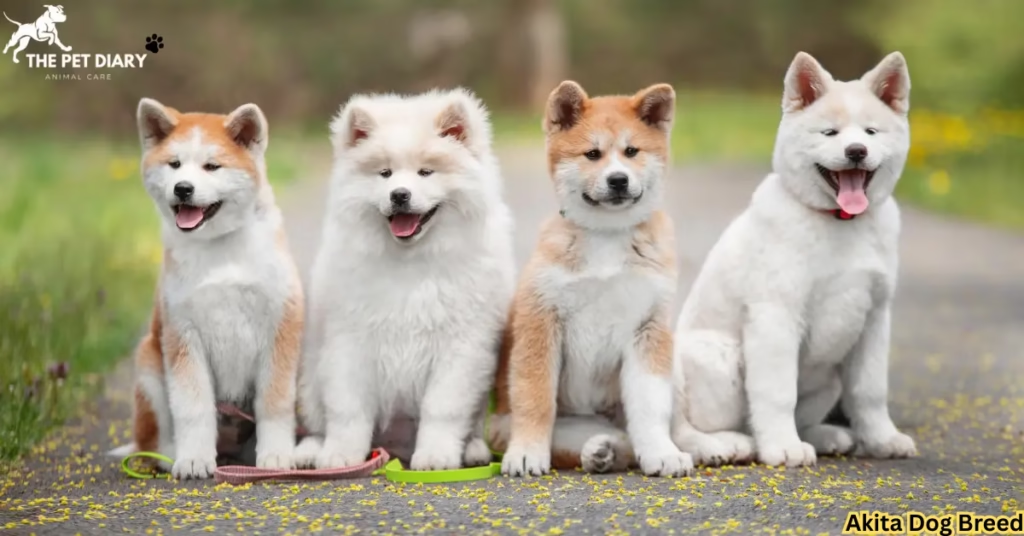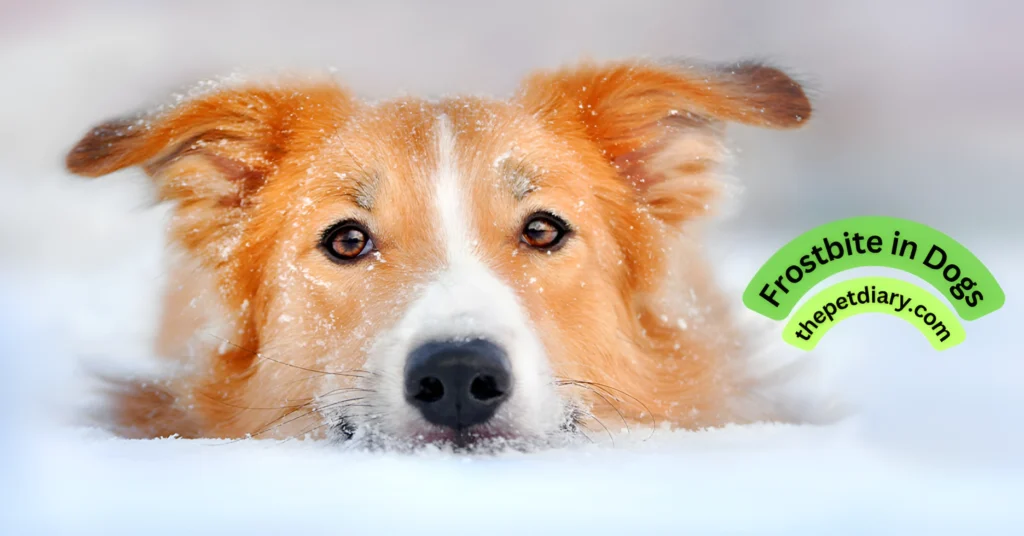Introduction to the Akita Dog Breed
The Akita is a majestic, powerful, and deeply loyal companion with roots in Japan’s snowy mountains. Originally bred as a hunting and guarding dog, the Japanese Akita dog breed is famous for its courage, intelligence, and striking double coat. Today, both the American Akita dog and the Japanese variety are cherished family guardians and show dogs worldwide.
With a dignified stance, plush tail curling over its back, and a confident presence, the Akita dog stands out as a symbol of loyalty and protection. Before bringing an Akita puppy home, it’s important to understand its temperament, care needs, and the cost of an Akita dog over a lifetime.
Brief History and Origin
The Akita’s story begins in the Akita Prefecture of northern Japan, where it was bred to hunt large game such as elk and boar. During the early 20th century, this noble breed caught the attention of international dog lovers, leading to the development of the American Akita dog, a slightly larger and heavier version of the original Akita Japanese line. Despite subtle differences, both share the same fearless spirit and unwavering devotion to their families.
Key Physical Traits
A full-grown Akita dog typically weighs between 70 and 130 pounds (32–59 kg). They have broad heads, erect triangular ears, and a thick double coat that comes in a variety of colors, including white, brindle, and pinto. Their plush tails curl elegantly over their backs, adding to their regal appearance.
Temperament & Personality of the Akita
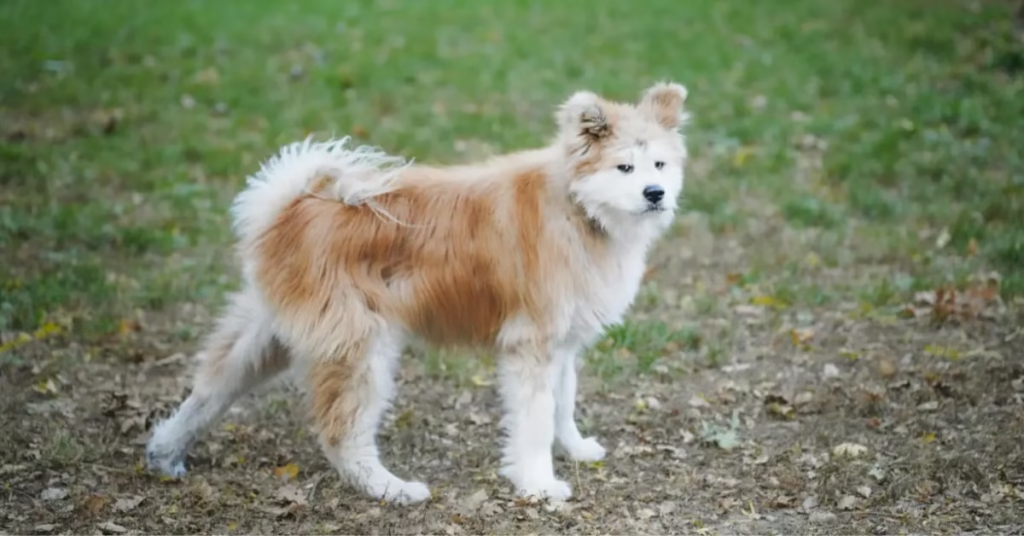
Akitas are known for their strong will and steadfast loyalty. They are quiet yet alert, making them excellent watchdogs.
Loyalty and Protective Nature
An Akita dog forms an intense bond with its family and often acts as a natural guardian. They are naturally wary of strangers, which makes early Akita dog training and socialization essential. With proper guidance, they become gentle giants, loving and calm with their owners while remaining vigilant protectors.
Family and Children Compatibility
When raised with children and given consistent boundaries, an Akita can be a wonderful family companion. They thrive in homes where they receive plenty of attention and structured interaction.
Socialization Tips
Introducing your Akita puppy to different environments, people, and animals early on is key. Positive reinforcement methods, consistent routines, and patient handling help prevent territorial or dominant behavior as they grow into a full grown Akita dog.
Cost & Akita Dog Price Breakdown
Owning an Akita dog is a rewarding experience, but understanding the financial commitment is crucial. The cost of an Akita dog varies depending on factors like breeder reputation, pedigree, location, and whether you are purchasing a Japanese Akita dog breed or an American Akita dog.
Factors Affecting Price
-
Breeder Quality: Reputable Akita breeders who health-test their dogs typically charge more.
-
Bloodline & Pedigree: Show-quality Akita puppies with champion lineage can command higher prices.
-
Geographic Location: Prices differ between countries and even regions within a country.
-
Age & Training: A trained full-grown Akita dog may cost more than a young puppy.
Table 1: Estimated Akita Dog Price by Region
| Region/Country | Average Price (USD) | Notes |
|---|---|---|
| United States | $1,200 – $3,500 | Varies with Akita breeders and bloodlines |
| United Kingdom | £800 – £2,500 | Kennel Club registered preferred |
| Australia | AU$1,500 – AU$4,000 | Limited breeders; high demand |
| Pakistan/Asia | $700 – $2,000 | Check breeder credibility |
Raising Akita Puppies
Welcoming Akita puppies into your home is exciting, but it requires preparation and commitment. These intelligent dogs need consistent training and socialization right from the start.
Finding Ethical Akita Breeders
A reputable breeder ensures your puppy is healthy and well-socialized. Look for Akita breeders who provide health clearances for hip dysplasia, eye conditions, and thyroid issues. Avoid backyard breeders or puppy mills, as they may compromise the genetic health of your dog. Visiting the breeder’s facility and meeting the puppy’s parents can give you insight into the temperament you can expect.
First-Year Care Tips
During the first year, focus on:
-
Socialization: Introduce your Akita puppy to new sights, sounds, and experiences.
-
Veterinary Visits: Keep up with vaccinations and health checkups.
-
Basic Commands: Start with sit, stay, and recall to set a foundation for obedience.
-
Nutrition: Feed high-quality Akita dog food to support healthy growth.
Grooming and Diet
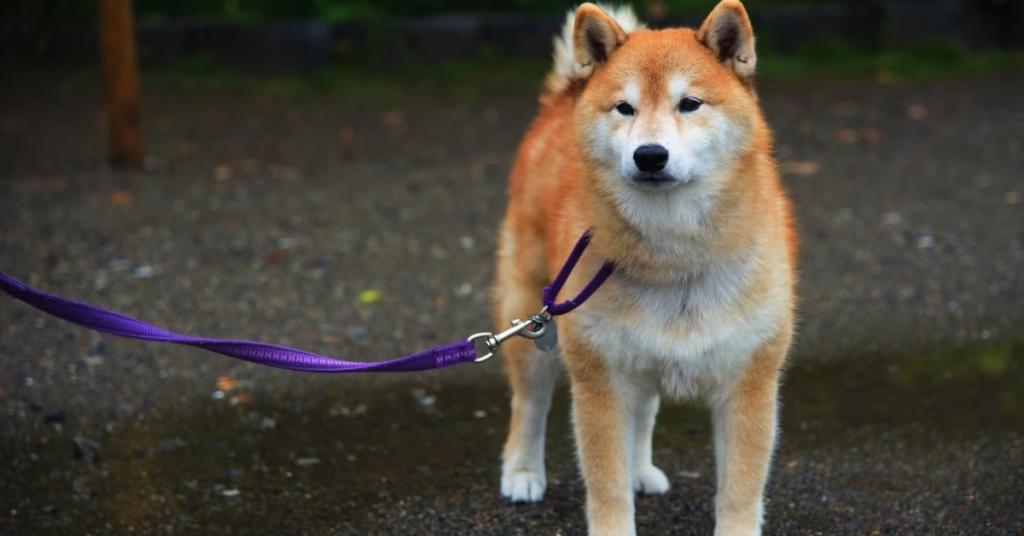
Proper Akita Dog Food & Nutrition
The Akita dog is a large breed with a slow metabolism, so balanced meals are important. Choose high-protein food with omega-3 fatty acids for a healthy coat. Adults typically eat two meals per day.
Coat Care and Shedding
The Japanese Akita dog breed is known for its thick double coat, which sheds heavily twice a year. Brush your full-grown Akita dog at least twice a week to remove loose hair and prevent matting. During shedding seasons, daily brushing helps control fur around the house.
Training a Full-Grown Akita Dog
Early Training Steps
Start training as soon as you bring home an Akita puppy. Positive reinforcement works best for this intelligent yet independent breed. Introduce leash training, crate training, and basic obedience early.
Advanced Obedience
As your puppy grows into a full-grown Akita dog, continue with advanced commands such as off-leash recall and impulse control. Because of their guarding instincts, consistent training ensures they remain well-mannered companions.
Table 2: Akita Training Timeline & Key Milestones
| Age of Dog | Training Goals |
|---|---|
| 8–12 weeks | House training, name recognition, basic commands |
| 3–6 months | Leash manners, socialization with people & pets |
| 6–12 months | Advanced obedience, recall, impulse control |
| 1 year + | Reinforcement of all commands, agility training |
Training sessions should be short, fun, and engaging to hold their attention.
Popular Mixes with Akita
Crossbreeding the Akita dog with other breeds has produced some fascinating hybrids. These mixes often combine the Akita’s loyalty with the traits of another popular breed.
Siberian Husky x Akita
The Siberian Husky x Akita mix inherits the Husky’s playful energy and the Akita’s protective nature. This hybrid needs plenty of exercise and mental stimulation.
Akita Inu Siberian Husky Mix
Similar to the Husky cross, the Akita Inu Siberian Husky mix may display striking blue eyes and a dense coat. Socialization from a young age is essential to managing their strong-willed personalities.
Japanese Akita cross Siberian Husky
This cross is admired for its wolf-like appearance and friendly demeanor. The Japanese Akita Husky cross thrives in active households that can provide regular outdoor activities.
Akita German Shepherd Mix
A combination of intelligence and guarding ability makes the Akita German Shepherd mix a loyal protector. Early training ensures they are obedient and well-behaved.
Akita Pitbull Mix
The Akita Pitbull mix is a muscular, confident dog that requires an experienced owner who can provide firm yet positive training.
Health & Lifespan
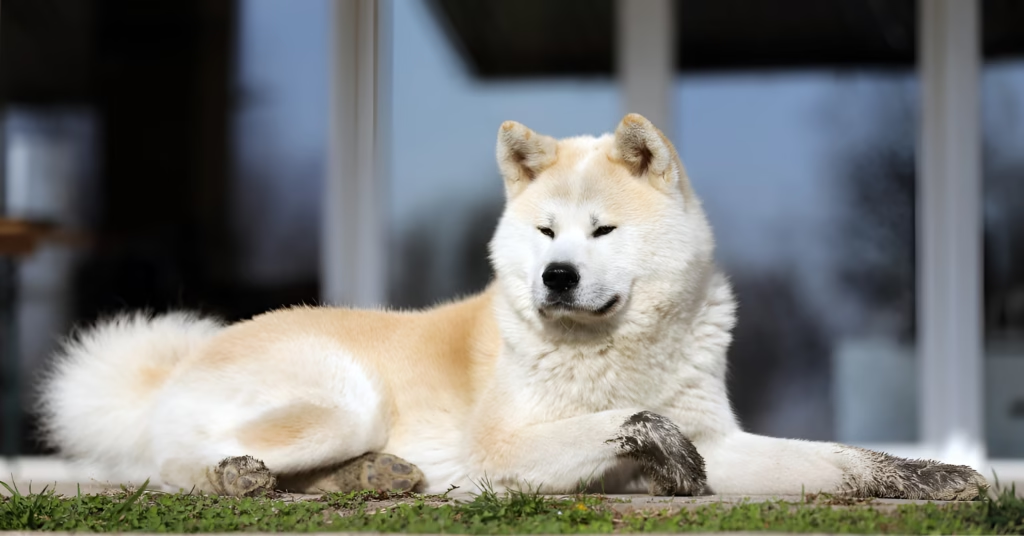
The Akita dog generally lives 10–14 years. While hardy, the breed is susceptible to certain health issues.
Common Health Concerns
-
Hip Dysplasia: A genetic condition where the thighbone doesn’t fit snugly into the hip joint.
-
Hypothyroidism: Can lead to weight gain and lethargy.
-
Autoimmune Disorders: Some Akita dogs may develop autoimmune conditions affecting the skin or blood.
Routine Vet Care & Vaccinations
Regular checkups, vaccinations, and a balanced diet help maintain your full-grown Akita dog’s health. Consider annual screenings for early detection of potential issues.
♥ Related Posts: Beagle Dog: Complete Breed Guide, Care Tips & Training Advice
Is the American Akita Dog Right for You?
Pros and Cons
Pros of the Akita Dog Breed:
-
Deeply loyal and protective
-
Intelligent and trainable
-
Minimal barking, making them great for urban settings
Cons of the Akita Dog Breed:
-
Independent nature can challenge first-time owners
-
Heavy shedding
-
Requires early and consistent training
Ideal Living Space
The American Akita dog thrives in homes with secure yards and owners who can provide regular exercise. Apartment living is possible if you commit to daily walks and mental stimulation.
Extended Care & Grooming for the Akita Dog Breed
Owning an Akita dog means more than daily walks and basic brushing. Their thick double coat, strong physique, and dignified temperament require a consistent care routine. Proper grooming keeps them comfortable, while good hygiene reduces the risk of skin issues and infections.
Seasonal Coat-Care Schedule
The full-grown Akita dog sheds year-round and “blows coat” heavily twice a year, typically in spring and autumn. During these periods, expect tufts of fur around the house.
-
Weekly Brushing (Off-Season): Brush at least twice a week with an undercoat rake or slicker brush.
-
Daily Brushing (Shedding Season): During coat-blowing periods, daily brushing removes loose fur and stimulates natural oils for a shiny coat.
-
Professional Grooming: A professional groom every 3–4 months can help maintain coat health and reduce heavy shedding.
Bathing & Skin Care
The Akita dog breed is naturally clean and doesn’t require frequent bathing.
-
Frequency: Bathe every 6 to 8 weeks unless your Akita dog rolls in mud or develops an odor.
-
Shampoo: Use a gentle, hypoallergenic dog shampoo to avoid stripping natural oils.
-
Drying: Thoroughly dry the thick undercoat to prevent mildew and skin infections.
Nail, Ear & Dental Maintenance
-
Nails: Trim every 3 to 4 weeks. Overgrown nails can cause discomfort and misalignment of the paws.
-
Ears: Clean weekly with a vet-approved solution to prevent wax build-up and infections.
-
Teeth: Brush at least twice a week. Dental chews and regular vet checkups support long-term oral health.
Detailed Nutrition Guide for the Akita
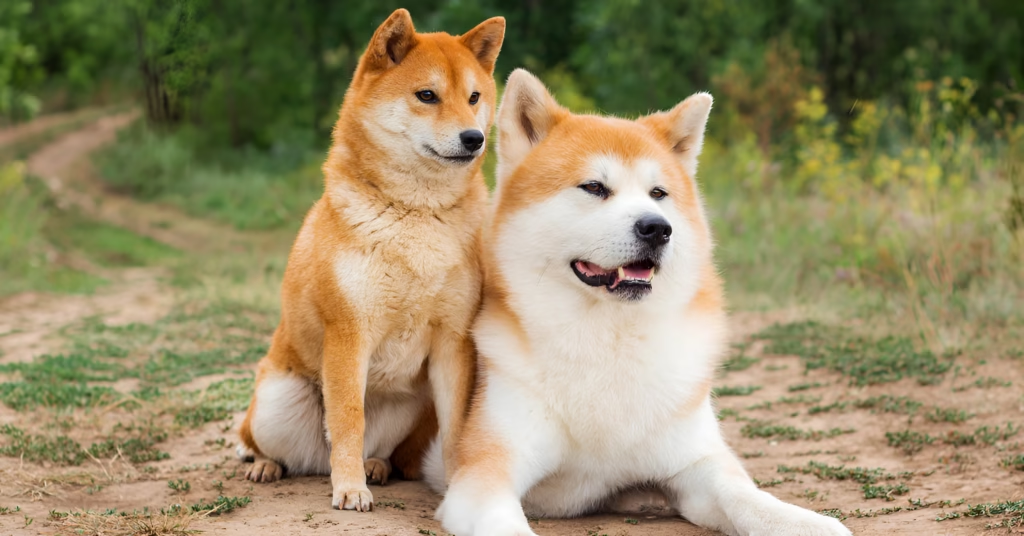
Feeding your Akita dog properly supports its strong build and long-term health. This large breed has a moderate metabolism and is prone to weight gain if overfed.
Daily Calorie Needs
-
Akita Puppies (2–6 months): ~1,600–1,900 calories/day for growth.
-
Active Adults: ~1,300–1,600 calories/day depending on activity level.
-
Senior Dogs: ~1,000–1,200 calories/day to maintain a healthy weight.
Choosing the Best Akita Dog Food
Select a high-quality, protein-rich formula with whole meats like chicken, lamb, or fish as the first ingredient. Look for:
-
At least 25% protein and 12% fat
-
Omega-3 fatty acids for a glossy coat
-
Glucosamine and chondroitin to support joints in a full-grown Akita dog
Homemade vs. Commercial Diets
Some owners prefer homemade meals. If you choose this route, consult a veterinary nutritionist to ensure balanced nutrients. A mix of lean meat, brown rice, and vegetables can be a healthy addition, but commercial Akita dog food is usually the easiest way to meet all nutritional requirements.
Sample Weekly Feeding Plan
| Day | Morning Meal (Approx. 2 cups) | Evening Meal (Approx. 2 cups) |
|---|---|---|
| Monday | Kibble with salmon oil | Boiled chicken with sweet potato |
| Tuesday | High-protein kibble | Lamb & brown rice |
| Wednesday | Kibble with green beans | Turkey & pumpkin |
| Thursday | Kibble with sardines | Chicken & quinoa |
| Friday | High-protein kibble with carrot shreds | Beef & brown rice |
| Saturday | Kibble with fish oil supplement | Lamb & steamed vegetables |
| Sunday | Kibble with cottage cheese | Chicken & barley |
Portion sizes depend on activity level and age. Always provide fresh water.
Supplements for Joint Health
Because large breeds can suffer from hip and elbow issues, consider adding:
-
Glucosamine & Chondroitin: For joint support
-
Fish Oil: Reduces inflammation and enhances coat health
-
Probiotics: Aid digestion and strengthen immunity
Feeding Tips
-
Divide meals into two servings per day to prevent bloat.
-
Avoid free-feeding (leaving food out all day).
-
Introduce dietary changes gradually to avoid stomach upset.
🐾Conclusion of the Akita Dog Breed:
The Akita dog breed is a devoted companion, blending strength, dignity, and affection. Whether you’re considering Akita puppies, exploring the cost of an Akita dog, or curious about mixes like the Akita German Shepherd mix or Akita Pitbull mix, proper research and preparation are essential.
From high-quality Akita dog food to consistent Akita dog training, responsible ownership ensures your dog thrives. With love and guidance, the Akita becomes not just a pet but a lifelong guardian and friend. For more dog care guides, visit thepetdiary.com
🐶Frequently Asked Questions About the Akita Dog Breed
Q1: How much does an Akita dog cost?
The cost of an Akita dog ranges from $800–$2,000 USD, depending on pedigree, breeder reputation, and location. Show-quality or rare-colored Akita puppies may cost more.
Q2: Are Akita dogs good family pets?
Yes, when trained and socialized early. A full-grown Akita dog is affectionate with its family but naturally protective, making it an excellent watchdog.
Q3: How much exercise does an Akita dog need?
At least 60 minutes of daily activity, including brisk walks and play sessions. Mix mental stimulation with physical exercise to keep your American Akita dog happy.
Q4: What should I feed my Akita dog?
A high-protein, balanced diet with healthy fats is essential. Premium Akita dog food or a vet-approved homemade diet supports joint and coat health.
Q5: How often should I groom my Akita dog?
Brush at least twice a week and daily during heavy shedding seasons. Bathe every 6 to 8 weeks, and trim nails every 3 to 4 weeks.
Q6: Are there popular Akita mixes?
Yes, including the Siberian Husky x Akita, Akita German Shepherd mix, Akita Pitbull mix, and Japanese Akita Husky cross, each with unique traits and energy levels.
